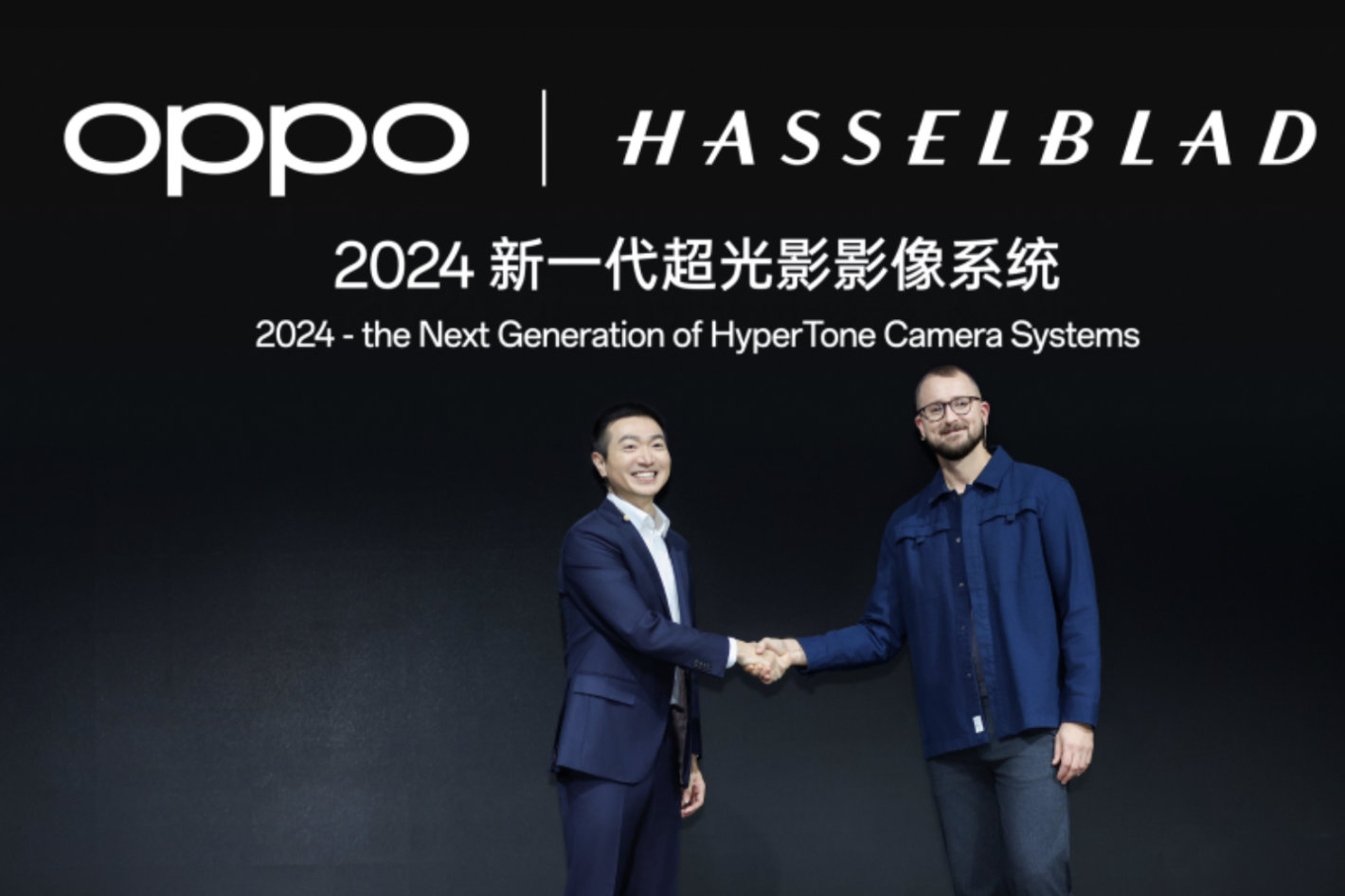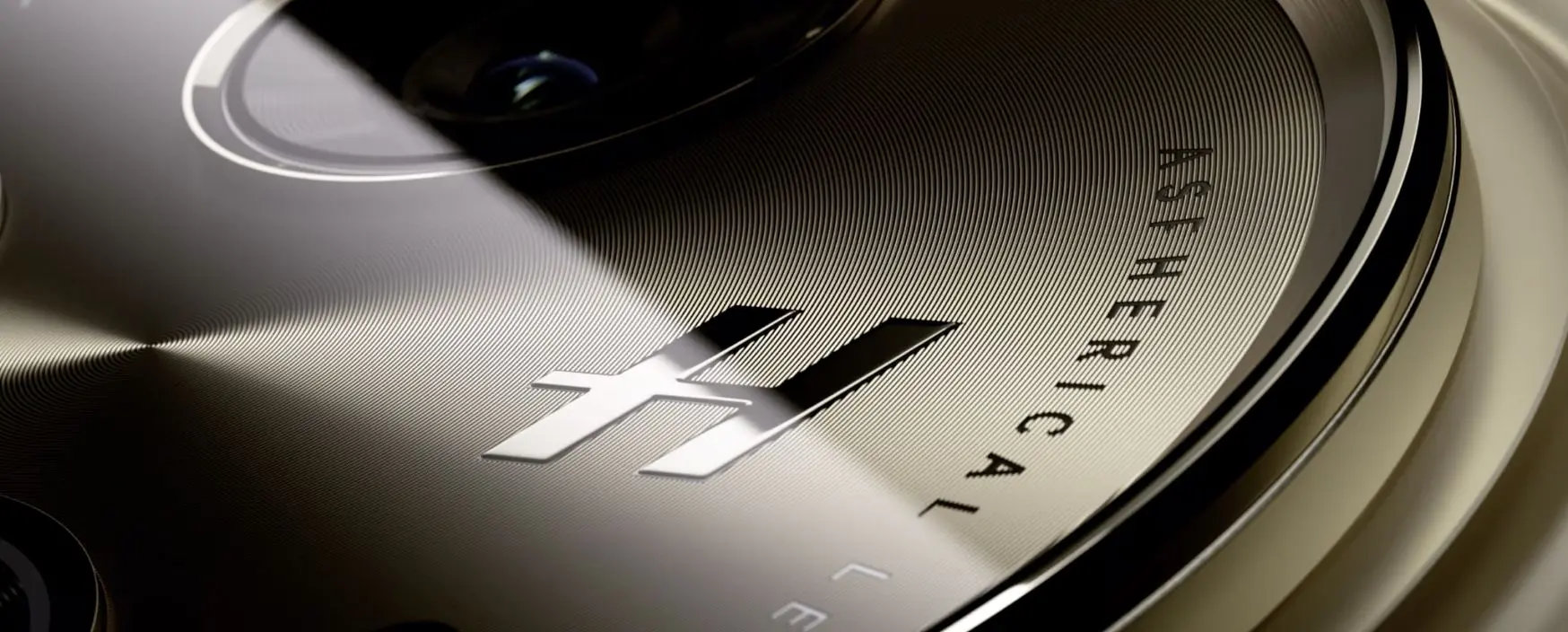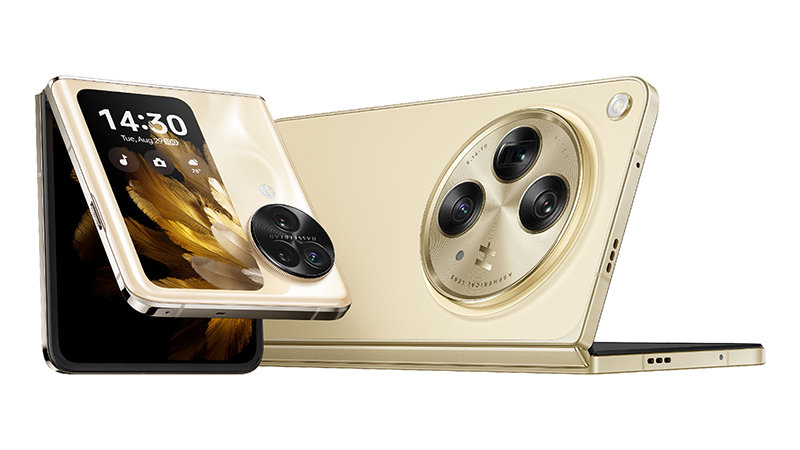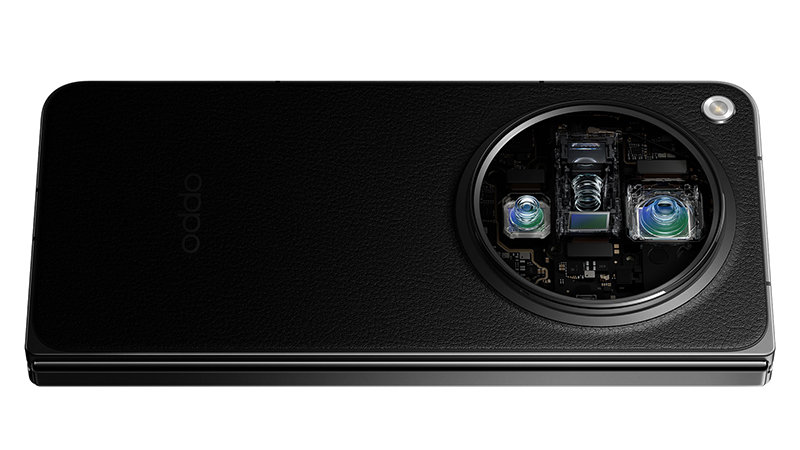OPPO And Hasselblad: A New Era In Computational Photography
 The partnership between OPPO and Hasselblad promises to usher in a new era in CGI photography and deliver levels of quality beyond what can be achieved on feature phones by 2024.
The partnership between OPPO and Hasselblad promises to usher in a new era in CGI photography and deliver levels of quality beyond what can be achieved on feature phones by 2024.
The partnership with Hasselblad, the "legendary camera manufacturer", which debuted on OPO's flagship smartphones called Find OPO, will begin in 2022, following a trend in the world of smartphones: mobile phone companies teaming up with traditional commercial camera research.
Hasselblad's partnership with OPPO began after the "legendary camera maker" cut ties with Huawei for reasons known but not fully disclosed. OPPO is not alone, as Xiaomi is collaborating with Leica, Vivo with Zeiss... There are rumors that we will see Canon join this type of “partnership”, although you do not know exactly how much technology will be shared or what the logo will say. “Legendary camera manufacturer” is the main focus of the cooperation.
Now that we've set the scene, it's time to see what's new. OPPO won't be offering its 85-200mm optical zoom series for smartphones until 2021, which will (soon?) allow smartphone photographers to shoot farther away, but the company recently announced its partnership with Hasselblad and its development. next generation. Hypertone camera system for smartphones coming in 2024.
 Continuously setting new industry standards
Continuously setting new industry standards
“Aesthetically, the HyperTone camera system heralds a new era in computer photography,” the company added. "What's wrong with me?"
“With its innovative Hypertone camera system, the Find With the Find N3 series, we are also bringing a premium photography experience to foldable devices for the first time. I am pleased that our cooperation with Hasselblad is now entering a new phase. By combining classic photography aesthetics with mobile technology, OPPO and Hasselblad have created an enhanced beautification system for mobile photography. In the year and in 2024, the two companies will introduce the next generation of the HyperTone camera system and the Hasselblad photographic experience will continue to set new industry standards.
“We are excited to see OPPO’s latest advances in mobile photography, which will enable people to bring their creativity to life by taking photos with their smartphones,” said Bronius Rudnikas, Global Marketing Director at Hasselblad. Our ongoing collaboration to build the next generation of HyperTone camera systems is an ambitious project that transcends stylistic legacy. Instead, a deeper integration of aesthetics and technology between the two brands will provide photography enthusiasts with better image quality and aesthetic experience than can be achieved on a traditional phone. I look forward to sharing the results of our collaboration with all creatives in the coming year.
It's exciting news, no doubt, but no one has really explained what all this fancy technical jargon for smartphone photography means. OPPO says the HyperTone Camera System includes the HyperTone main camera system, the HyperTone image engine and the HyperTone ProXDR display to provide comprehensive system-level imaging capabilities. In addition to the flagship series models, the technical architecture of the HyperTone camera system will support a series of future OPPO products for a premium imaging experience with consistent beauty and exceptional quality.
“After aesthetics,” he explained.
The company also says that Hypertone Camera Systems offers the industry's first premium camera system to meet the mobile photography needs of users. This ensures high image quality for any focal point, day or night. With the Find N3, OPPO is bringing a Pixel Stack-enabled sensor to a foldable phone for the first time, with performance similar to a one-inch sensor found in a foldable phone.
One of the words OPPO always uses to explain why it is leading the revolution in mobile photography is “to beauty”, which needs little explanation; “As a pioneer in mobile photography, OPPO is leading the revolution by pursuing aesthetics rather than relying on industry conventions for specific technical specifications,” the company said. As Hasselblad’s global marketing director explained during the event, this collaboration will be “more organic.” And effectiveness.” A deeper fusion of aesthetics and technology between the two brands.. represents.
According to OPPO, the Quantitative Photographic Features Lab – let's talk about fancy names – comprises 10% photography technicians, 50% professional photographers, and 40% color artists. Through feature analysis, solution planning and careful adjustments, OPPO has created a new order in the development of photography technology, ushering in a new era in computer photography.
Do you need other numbers? Well, OPPO says: “Aesthetically, the HyperTone Image Engine solves many problems of traditional computer photography, processing fewer digital artifacts with more calculations. For example, the Extra HD algorithm improves sharpness by 30 % and 60% noise reduction using AI RAW. Synthesis: This new algorithm requires 400% more computing power, but produces sharper details once processed.”
Recognizing that image display is an integral part of a great photography experience, like OPPO, the HyperTone camera system is equipped with the industry-leading HyperTone ProXDR display. The company adds that by recording 12 million pixel brightness, ProxDR technology opens up to eight times the dynamic range on the screen and restores natural colors to make images look more realistic. Additionally, OPPO is making ProXDR compatible with the Ultra HDR standard.
...and there's the Hasselblad's portrait mode.
If you're still trying to figure out Hasselblad's role in all of this, Hasselblad's portrait mode will pique your interest. According to the information shared, “Portrait is not only one of the most popular camera features, but it also represents the greatest innovation in computer photography. In the pursuit of beauty, Hasselblad's Portrait mode delivers industry-leading results in portrait photography. Through With Hypertone Engine, Hasselblad's Portrait mode removes excess facial brightness and highlights. Initiates subtle color shifts to create 3D portraits that soften shadows. Hasselblad's Portrait mode, which enhances skin tone 45 times more, delivers more accurate skin tone. And with Bokeh Flare Portrait, users can achieve a cinematic bokeh effect that realistically simulates glows.
Hasselblad's Portrait Mode is found in new flagship phones like the Find N3, and aims to create a distinctive bokeh atmosphere inspired by Hasselblad's popular XCD lens range. OPPO's Portrait Mode Bokeh Effects compete with the Hasselblad XCD 3.5/30, XCD 2.8/65 and XCD 2.5/90V lenses. Hasselblad color input is only supported in Pro mode in the native camera app, then inspired by the classic Hasselblad XPan camera The unique 65:24 creative space XPan mode provides an unprecedented sense of narrative.
And this is Hasselblad's pioneering contribution to OPPO smartphones, building on a three-year partnership that will be announced in 2022. We'll have to wait until 2024 and get a new OPPO smartphone to see where this partnership goes.
Film equipment
Filmmaker is the ultimate destination for pre-production and post-production tools!
Buy now



